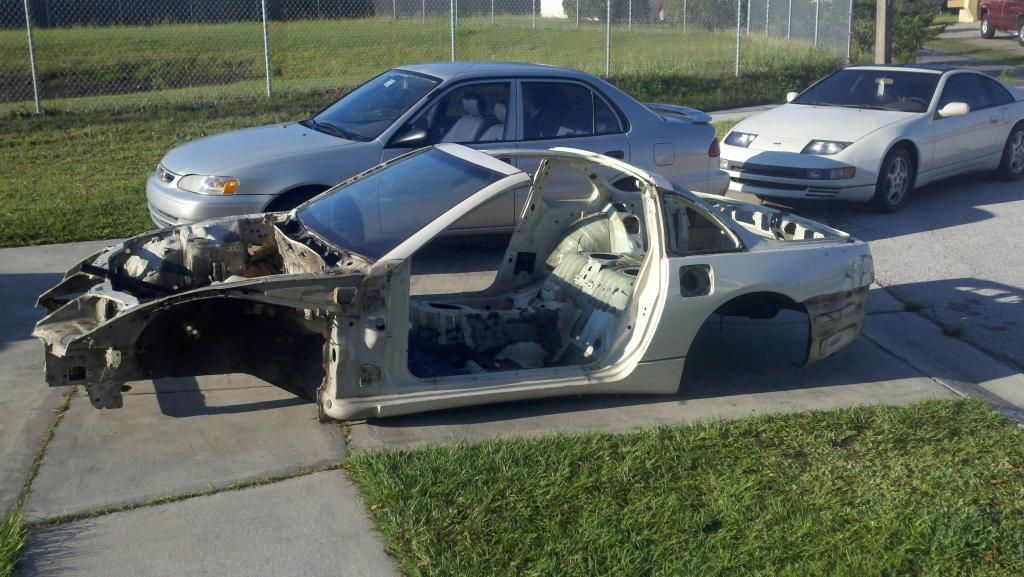| a taller rear end not only trades speed for torque but it also puts each gear ratio closer to each other (shorter), making it possible for the engine to pass through the peak portion of it's power band for a higher percentage of time. Acceleration is best achieved with a higher average horsepower. example: 2 cars weighing the same, same traction, same driver, same conditions, same engines (laggy turbo's that only have a 1000rpm power band starting from 6000), 2 different transmission setups (or rear ends) 1 car has a short rear end, which makes each gear longer the other has a tall rear end which makes each gear shorter. The short rear end will wind out to 7000rpm first, shift and land let's say at 5000rpm which is out of the power, lags till 6 then rails to 7 *SHIFT* lags on 5 again. The tall rear end will wind out to 7000 then land on 6 which is in the power again :) Notice the REALLY fast auto dragsters, they go down the strip and seemingly sound as though they never shift, the torque converter lets the engine stay at it's peak power output while the transmission does the speedmatching. if you're into drag racing a stickshift, the general rule of thumb is you want to be at redline in 1:1 (4th) by the time you cross the 1320'
____________________________________________________
"The dreaded 2nd windshiled wiper swipe when you turn it off its almost like tis showing you that it's boss, and it doesn't have to stop when you tell it to :("-College Boy (discussion on ptu relocation)
"No good reason to put it there anyway. -Bernie (NoVA)
False -vorpalZ
False. -Bernie (NoVA)
You're correct, there are 3 good reasons -vorpalZ
False. -Bernie (NoVA)
Wow, right again, just remembered another, make that 4 -vorpalZ"
XD 
|

